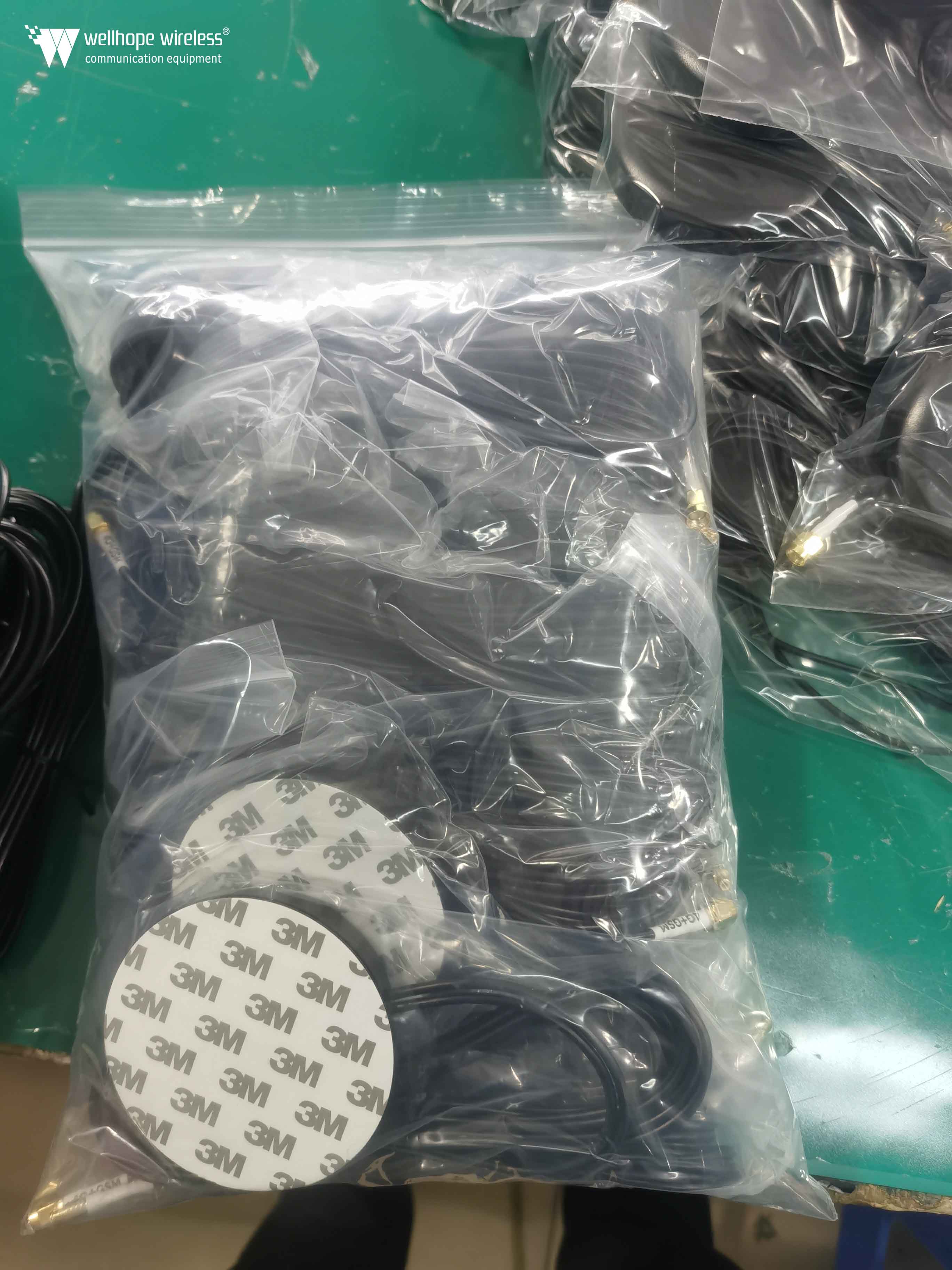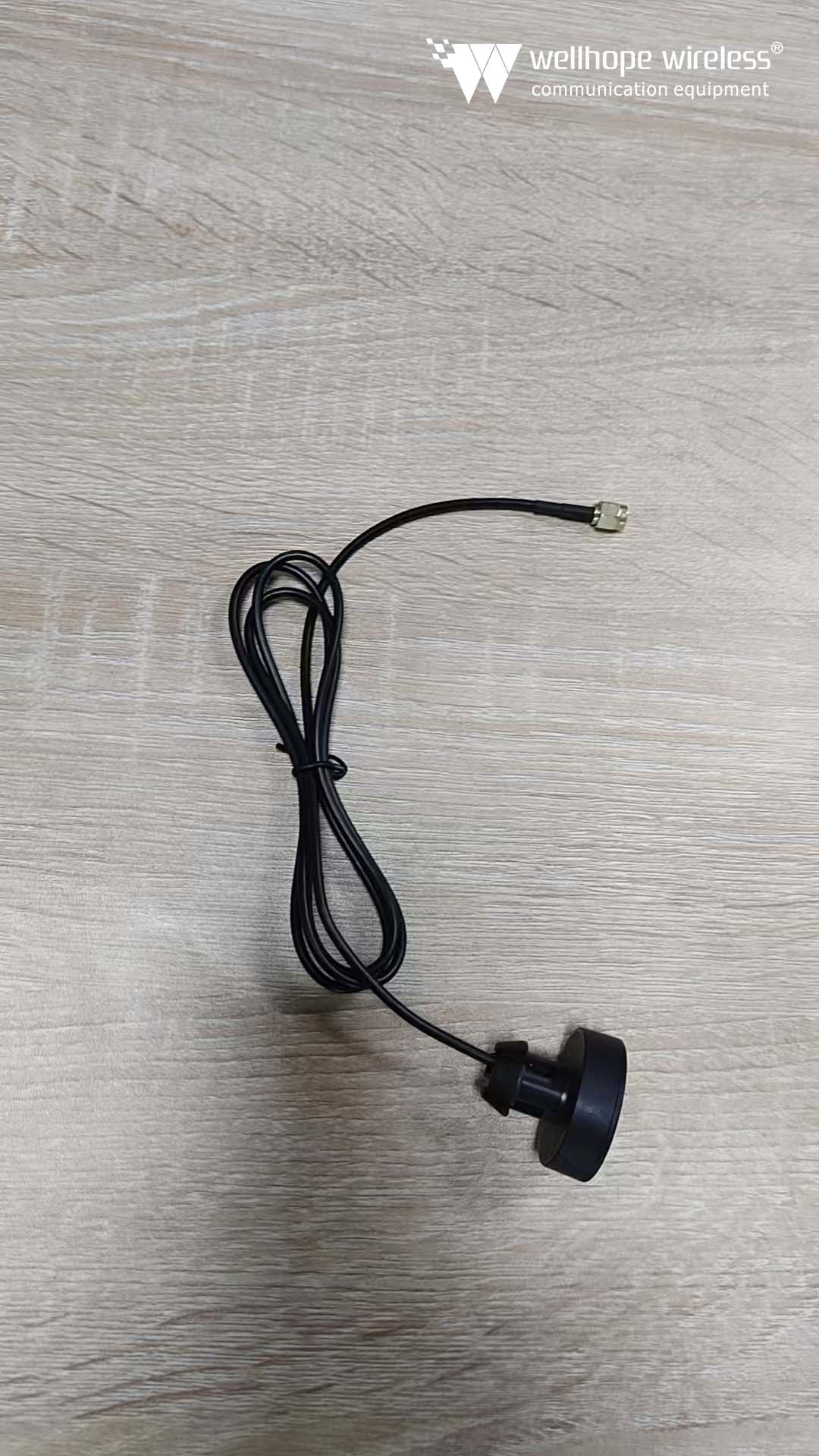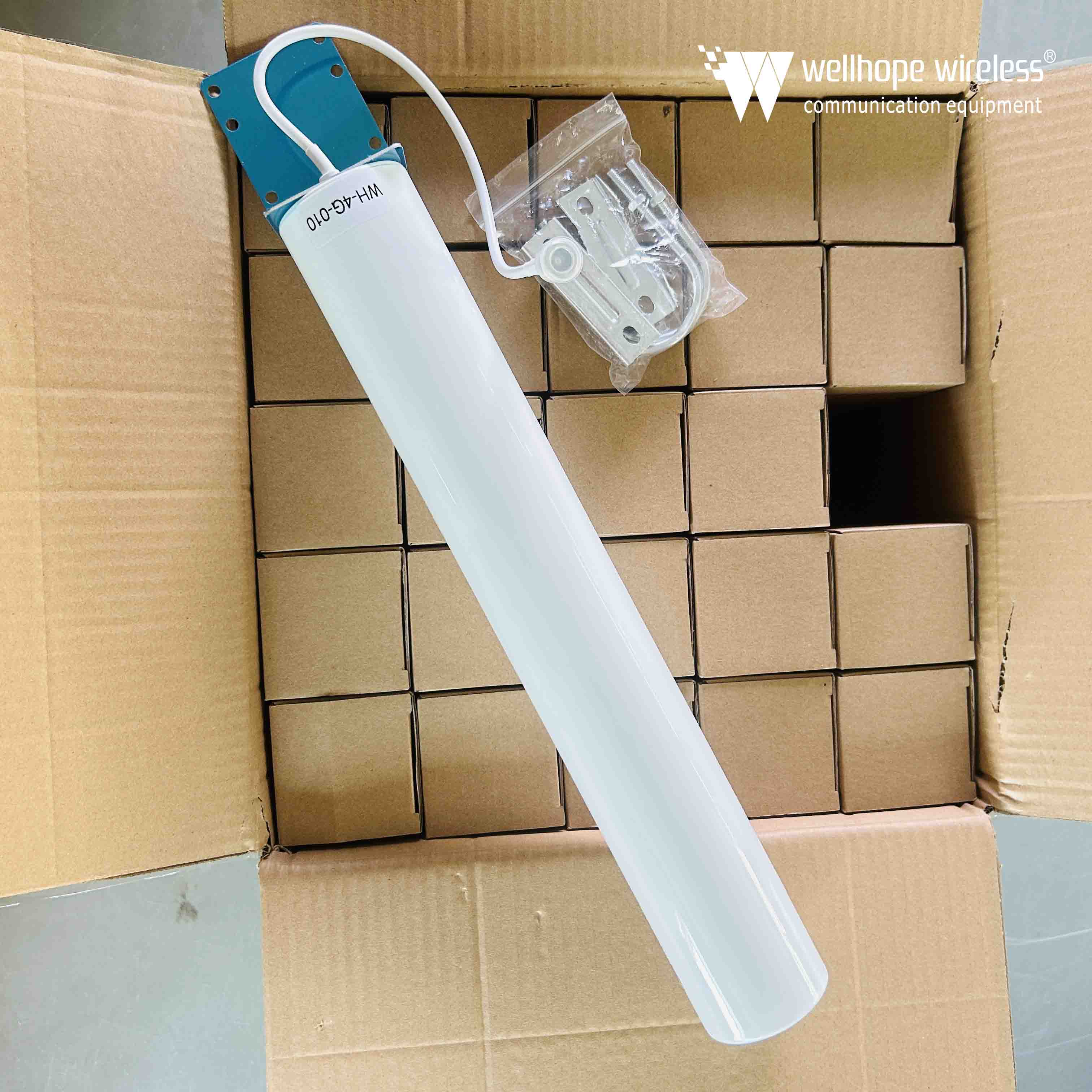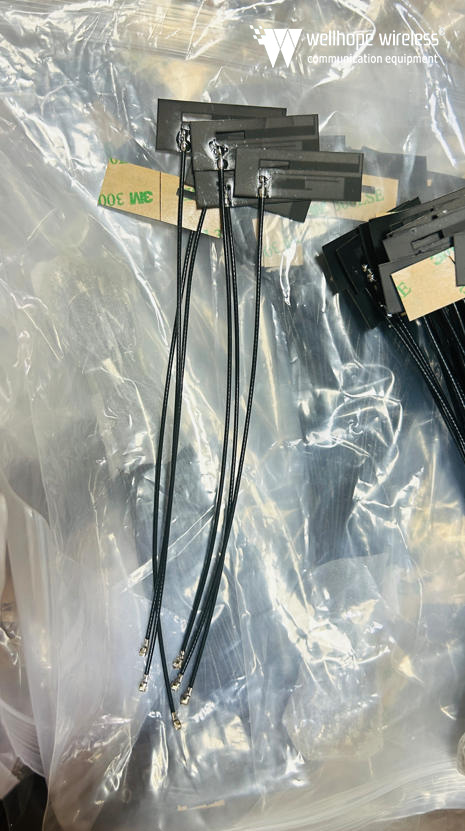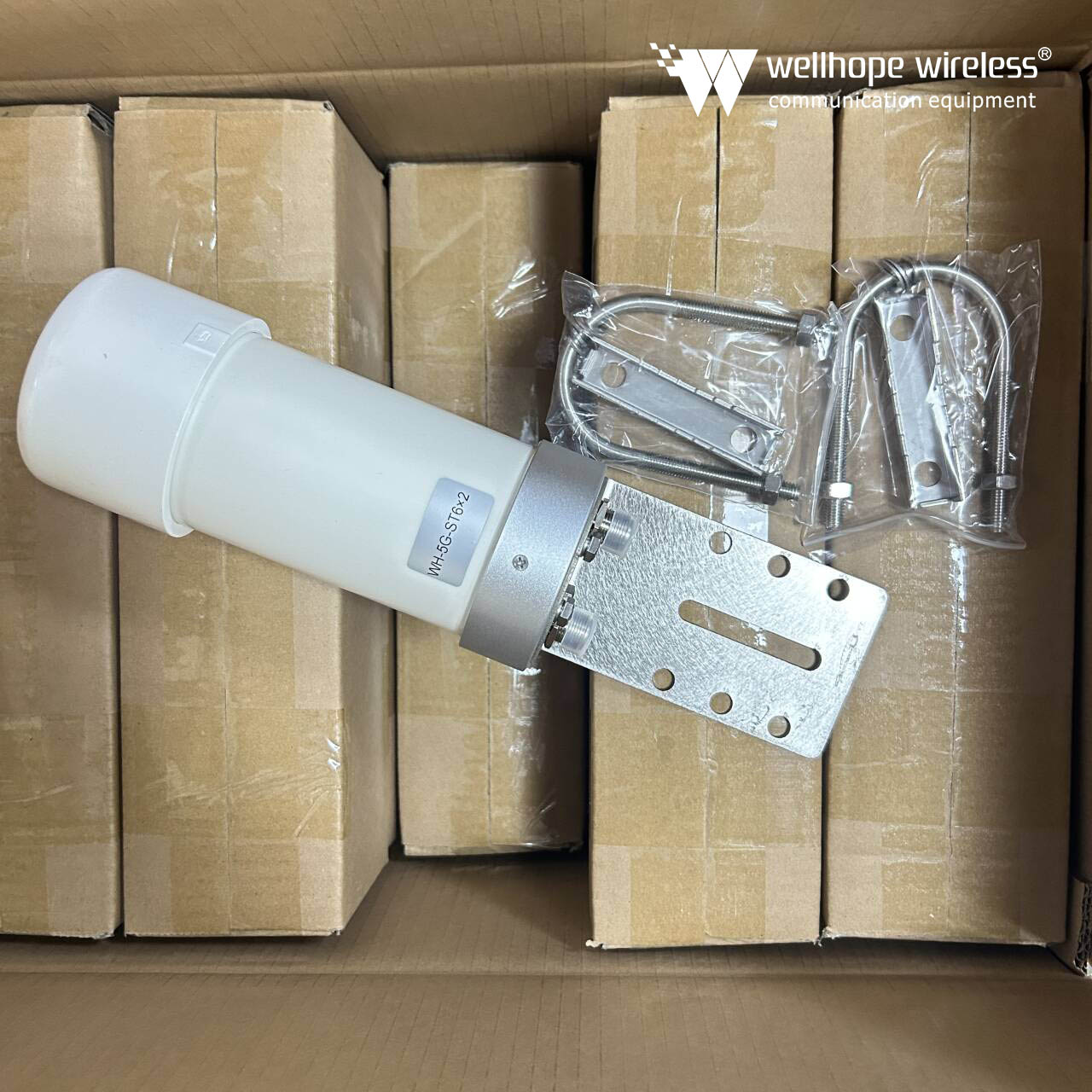Demystifying the antenna tuning of mobile 5G devices
2020-10-30 12:34 It is expected to finish reading in 5 minutes
Want to design multiple mobile antennas? Facing the problem of reduced efficiency? Here is a guide to help you develop products with excellent antenna performance using COFF capacitor devices to improve system efficiency and expand coverage.
5G technology has led to a significant increase in the number of new frequency bands that mobile antennas must support. Due to the complexity of the design of new mobile phones, mobile phone designers need to use more and more aperture tuners on a single antenna. Increasing the aperture tuner helps to optimize the overall antenna performance of each frequency band, but sometimes at the expense of antenna efficiency. If the antenna efficiency and the performance of each frequency band of the antenna are not balanced, the performance and coverage of the entire device will be affected.
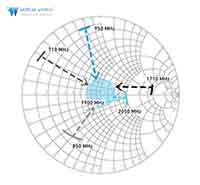
Each antenna has an inherent resonant frequency at which the maximum antenna efficiency can be achieved. Place a parallel capacitor (to reduce the resonant frequency) or a parallel inductor (to increase the resonant frequency) on the antenna to achieve aperture tuning. Using multiple capacitors and inductors, the antenna can be tuned to multiple frequencies through the antenna tuner switch, as shown in the figure below.
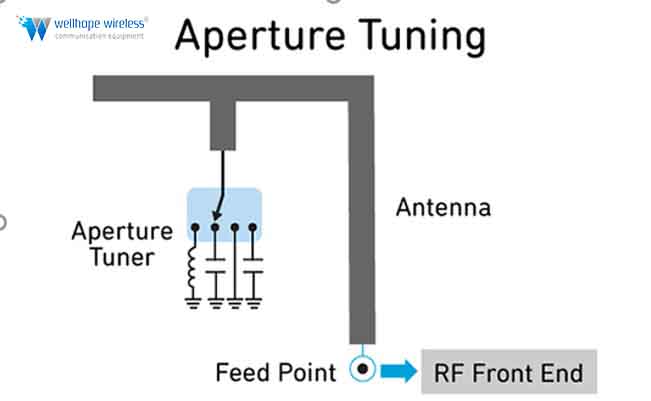
Interpretation of RON and COFF
Aperture tuning mainly uses tuner switches and tunable capacitors. The main quality factors of these switches are on-state resistance (RON) and off-state capacitance (COFF), as shown in the figure below. For tunable capacitors, it is important to have a wide range of tuning capacitors and a good Q factor (quality factor). RON and COFF will significantly affect the antenna efficiency. When the voltage is low, the influence of RON is greater; when the voltage is high, the influence of COFF is greater; the switch layout strategy of low RON or low COFF can be optimized for different frequencies.
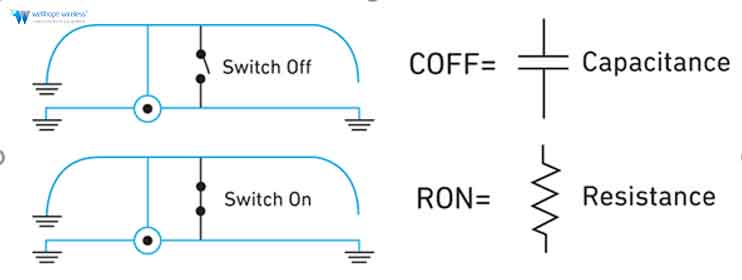
In the off state, the COFF of the aperture tuner will affect the capacitive load on the antenna, thereby reducing the resonant frequency. The higher the COFF of the tuner, the greater the deviation of the freque ncy from the natural resonance frequency of the antenna.
To
Figure 1 below shows the effect of COFF of a single pole double throw (SPDT) switch on the simulation efficiency of an inverted F antenna (IFA). The reference measurement value shown is taken when the SPDT is not placed in the tuning position. After SPDT is added, the COFF of each port is set to 100 fF and 200 fF respectively.
figure 1.
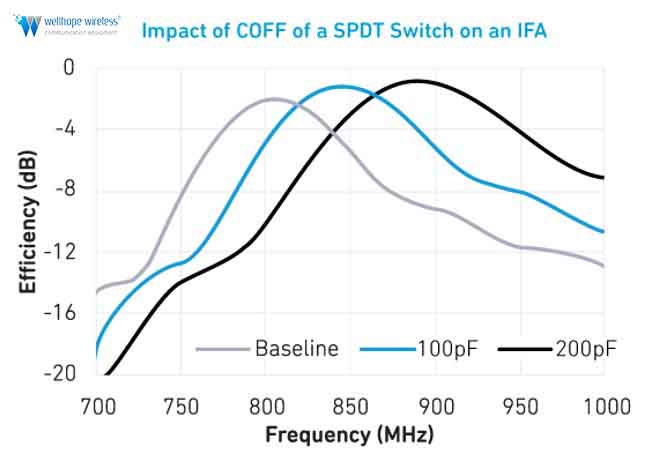
COFF antenna tuning
When switching from the reference antenna to the low COFF switch, a frequency shift of 40 MHz is observed, and the peak efficiency drops by 0.3 dB. When switching from a low 100fF COFF to a high 200fF COFF switch, a 40 MHz offset will also occur, and the peak efficiency will drop by 0.85 dB. Compared with the benchmark, a frequency shift of 80 MHz finally occurred, and the overall efficiency dropped by 1.15 dB. To
figure 2.

To offset the frequency shift caused by the COFF of the tuner, one port of the SPDT can be used to switch on the inductor to retune the antenna to its natural resonant frequency. In this case, the antenna is tuned twice: once by the COFF of the tuner, and again by the inductor, recalibrating the antenna to its original resonance state. However, this method comes at the cost of efficiency and bandwidth, as shown in Figure 3, which shows the efficiency when the antenna is retuned to the original resonant frequency of 890 MHz.
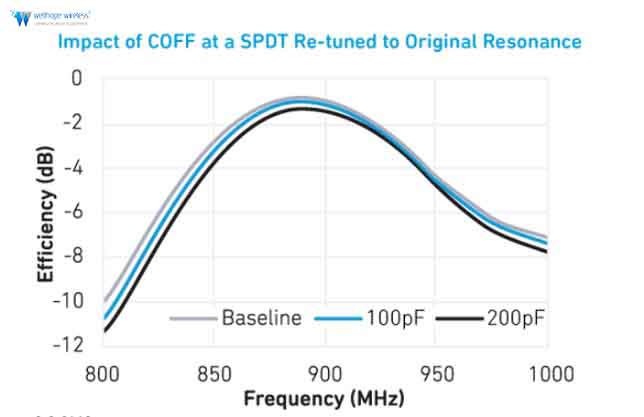
Although you can consider using SPDT's COFF, a high COFF switch will cause the peak efficiency to decrease by 0.47 dB from the baseline measurement. In order to facilitate the exchange of antennafrequency bands of mobile phones, aperture adjustments must be made.
Our mobile devices are clearly becoming more and more complex. To meet all the needs of users, this brings some challenges to the antenna and its capabilities. Unfortunately, not any antenna tuning component can meet the needs of these complex equipment systems. As described in this blog post, using a high COFF tuner that does not meet your needs can cause significant frequency shifts, which can detune the antenna and reduce overall antenna efficiency. Therefore, when balancing antenna efficiency and frequency band requirements, a low COFF switch is the best choice.


















 News
News
